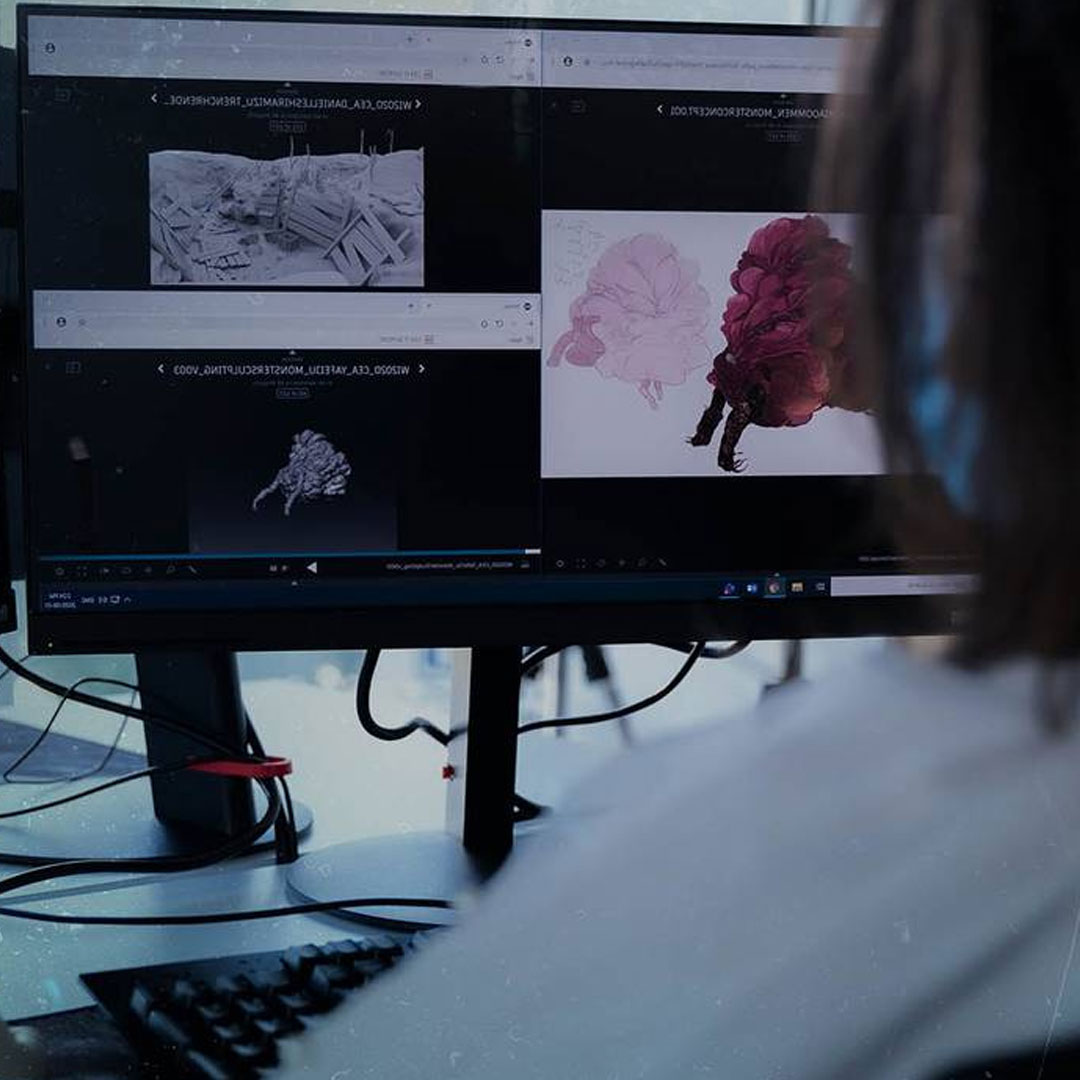The film and animation industry is undergoing a dramatic transformation with the advent of 3D modelling technology. From creating lifelike characters to building immersive worlds, 3D modelling has become an indispensable tool for filmmakers and animators. In this article, we'll explore the various ways 3D modelling is used in the film and animation industry.
Character Design:
One of the main uses of 3D modelling in the film and animation industry is character design. 3D modelling allows artists to create highly detailed and realistic characters that can be animated with lifelike movements and expressions. This has revolutionised character design, allowing for more complex and nuanced performances.
Environment Design:
In addition to characters, 3D modelling is used to create environments and backgrounds for films and animations. From beautiful and detailed landscapes to intricate interiors, 3D modelling allows artists to create rich and immersive worlds that enhance the storytelling experience.
More: How to find Graphic Design jobs: A Comprehensive Guide
Resources for Graphic designers
The Evolution of Graphic Design: From Print to Digital
Visual Effects:
3D modelling plays a crucial role in creating visual effects for films and animations like explosions etc. Whether it's simulating natural phenomena like fire and water or creating fantastical creatures and vehicles, 3D modelling allows artists to create stunning visual effects that would be impossible to achieve with practical effects alone.
Pre-visualization:
Before filming or animating a scene, filmmakers often create pre-visualizations or "previs" using 3D modelling. This allows them to plan out the shots, camera angles, and character movements before committing to the final scene, saving time and money in the production process.
Virtual Production:
With the rise of virtual production techniques, 3D modelling has become even more important in the Film and Animation Industry. Filmmakers can now use real-time 3D environments to shoot scenes, allowing for greater creative freedom and flexibility in the production process.
Motion Capture:
Motion capture is another area where 3D modelling is heavily used in the Film and Animation Industry. By the techniques of Motion Capture actors and applying them to 3D models, filmmakers can create more realistic and believable animations.
Conclusion:
The use of 3D modelling has revolutionized the film and animation industry, allowing for greater creativity, realism, and efficiency in the production process. From character design to visual effects, 3D modelling has become an essential tool for filmmakers and animators looking to push the boundaries of storytelling and visual expression. As technology continues to advance, it's exciting to think about the new possibilities that 3D modelling will bring to the world of film and animation.






.png)

No comments:
Post a Comment